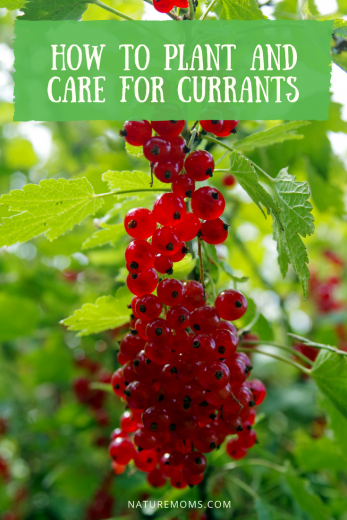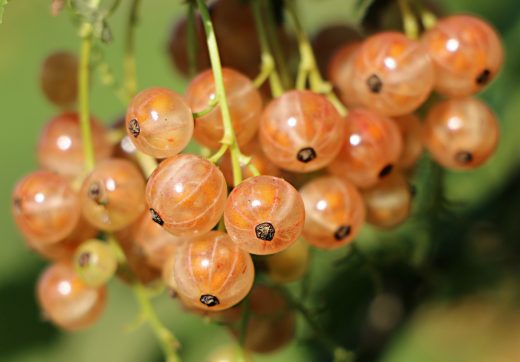 Currant (Ribes) bushes are often grown solely for their ornamental appeal, but the berries are a highly nutritious and tasty treat that should be enjoyed too. The bushes are thornless and grow best as an understory plant or in any shady location.
Currant (Ribes) bushes are often grown solely for their ornamental appeal, but the berries are a highly nutritious and tasty treat that should be enjoyed too. The bushes are thornless and grow best as an understory plant or in any shady location.
White berries are sweet and can be eaten as-is. Red, black and pink currants have a tart flavor, making them an excellent berry to use in baking and for making jams and jellies.
Planting Location
Currants are hardy in USDA growing zones 3-6. they are an ideal berry choice for northern climates since they do prefer cooler temperatures. The bushes will drop their leaves in climates where the summer temperature rises above 85 degrees Fahrenheit for an extended period of time.
Select a planting location that will provide the currant busesh with afternoon shade.
Bushes will reach a mature size of 3-6 feet wide and equally as tall. Currants are self-pollinators, so you only need to plant one variety.
Soil Test
The soil needs a pH of between 5.5 and 7.0 for the berry bushes to be happy. Test the soil and amend it accordingly with organic matter before planting bushes.
Prepare Soil
Dig a hole that is twice as wide and twice as deep as the container the currant bush is in. Create a mixture with the soil that is removed from the hole that is one-third compost and two-thirds soil.
Re-fill the hole half-way with soil mixture. Gently remove currant bush from the nursery container and set in the center of the planting hole. The bush needs to be planted one inch deeper than is was in the container.
Back-fill the planting hole with the remaining soil mix (you may have a little leftover that can be used for other garden projects) and water thoroughly.
Add a two inch layer of organic mulch on top of the soil, keeping the mulch two inches away from bush trunk on all sides.
After Care
Water currant bushes regularly to keep the soil moist, but not soggy, at all times. Bushes that don’t get enough water during spring and summer may develop mildew.
Prune bushes each year just after harvest time to keep it looking neat and to encourage bigger and better berry production next season.
Refresh mulch as needed to keep soil cool.
Nutritional Value
Currant have the highest amount of vitamin C, phosphorous and potassium of any fruit variety. These small berries are also packed with protein and iron, plus they are fat-free.



